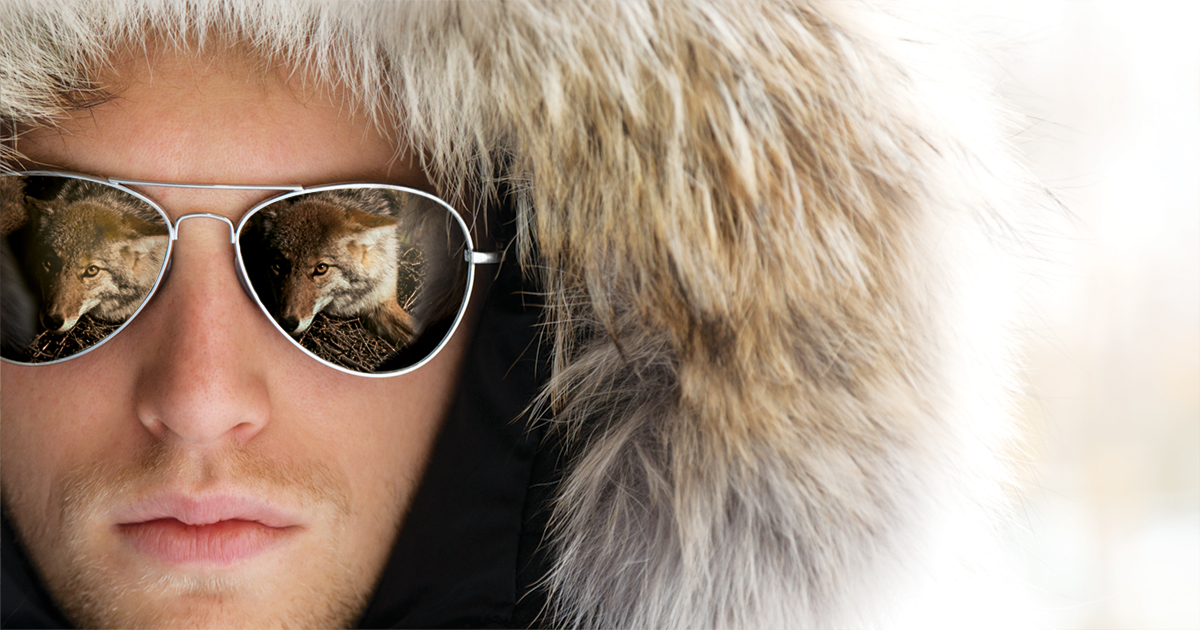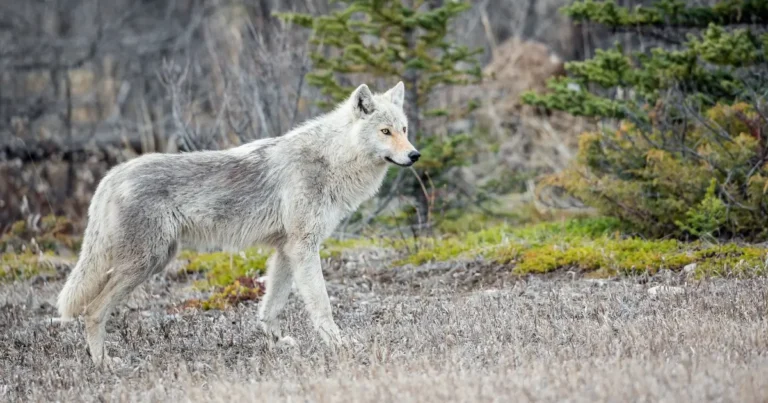
Update
Canada Goose has blinked.
After years of sustained advocacy from a multitude of non-profits including The Fur-Bearers (who also filed a legal complaint regarding the company’s claims), community groups and others, Canada Goose is reportedly going fur-free. Read more about this news by clicking here for our article dated June 24, 2021.
One of our most popular articles of all time is the in-depth look at the fur policies and statements made by Canada Goose, titled ‘Debunking Canada Goose.’
But as time goes on, Canada Goose has spent untold fortunes refining and updating this section of their website and propaganda sent to retailers. It seems time that we revisited the fur policy of Canada Goose Inc.
“We strongly support the ethical, responsible and sustainable use of fur. We only purchase fur from certified Canadian trappers, who live close to land and maintain traditions that have been passed down through generations. They have a profound respect for nature, and we are very proud to support them.”
In this statement, Canada Goose paints the romanticized picture of the Great White North and the Canadian frontiersmen. Granted, the historical version of this painting is streaked with the blood of millions.
In fact, the ‘traditions’ that surround trappers include the oppression of Aboriginal peoples dating back to first contact in the 15th century, the extinction of native sea mink and the near destruction of beaver populations in the 19th century.
A ‘profound respect for nature’ hits the ear funny, when you consider hundreds of thousands of animals are slaughtered every year, primarily for their fur.
“The trapping of fur-bearing animals is strictly regulated by the provincial and territorial wildlife departments in Canada. In fact, Canada is the world leader in humane trapping methods, providing the scientific basis for the Agreement on International Humane Trapping Standards (AIHTS), which establishes the required standards for approval and certification of animal trapping devices.”
The AIHTS is a thorn in our side, and the gleeful banner under which trappers celebrate. It was created out of a trade agreement with the European Union after the majority of nations declared traps inhumane and threatened to ban the importation of fur from Canada and other countries. The problem, of course, is that the use of traps in labs and scientific models cannot replicate their use in the wild. And despite the 5 mm of rubber or spacing added to leg-hold traps, they still hold an animal against their will for 24-72 hours before a trapper returns to kill them. During that time, animals fight with everything they have to escape. In a recent case where a dog was caught in a ‘humane’ leg-hold trap, it took only moments for her to break 17 teeth and cause lacerations around her mouth.
In the testing of these traps, injuries were measured on a point system, which would allow ‘humane’ traps to cause internal injuries, broken teeth and appendages, gouged eyes and other horrific damages to animals. It should also be noted that the Canadian government has invested tens of millions of dollars in this trap research – taxpayer money – to fund a dwindling industry.
“We have chosen to use real coyote fur because it is highly abundant. In fact, in many regions of North America, coyotes are considered a pest as they attack livestock, endangered prey species, pets and sometimes people.”
It’s almost funny when a multi-national corporation takes an opinion based on folklore and turns it into fact. Coyotes are not a pest. In fact, they are an integral species in ecosystems, as many other predators have been driven out by development.
Further to this, the persecution of coyotes through hunting or trapping causes them to increase their population without the oversight of a mated pair, who teach young pups how to hunt appropriately. In short, killing coyotes makes conflict situations worse.
At no time can the use of fur be considered humane or ethical. Thousands of innocent, sentient creatures that depend on their families are killed each year out of fear, ignorance and greed. And Canada Goose promotes this by their ongoing use of fur and dismissal of the concerns of the majority of Canadians.
Canada Goose does not need to use fur. Numerous outdoor-wear clothing companies do not use fur – including Wully Outerwear,Patagonia, Fjallraven,MEC and others. They have made the choice, and we ask that you make the choice, too, to #MakeFurHistory.
Work like our growing Make Fur History campaign is only possible with the support of monthly donors. Please consider become a monthly donor for as little as $10 a month, or contribute a one time gift, and help us Make Fur History.
